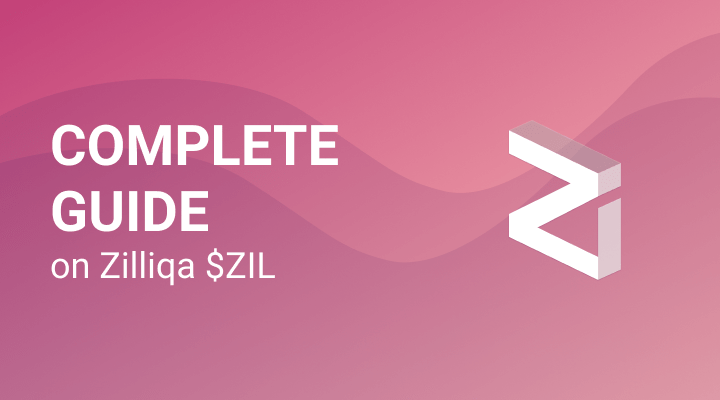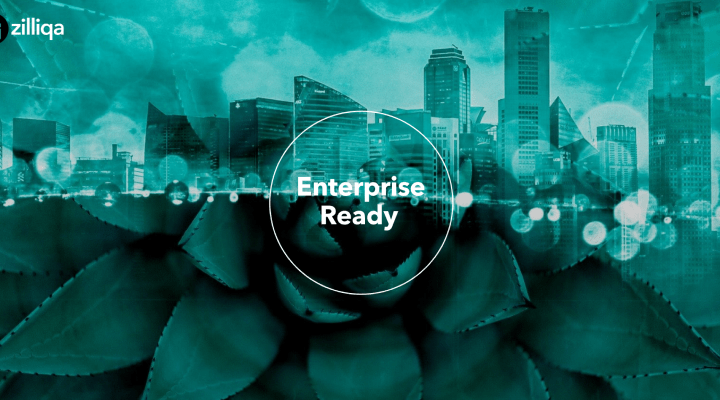Guide on Zilliqa in Guarda Wallet

Advanced blockchain-based solutions continue to capture the attention of avid investors. Thus, multiple projects have originated focused on the development of decentralized solutions using different architectures to reach the same point. Why? Well, each one tries to surpass the previous one, offering more robust networks with higher capacity. In this article, we explain what Zilliqa is, how its blockchain platform works, and what is it for. Don’t forget that you can also stake ZIL on Guarda.
What is Zilliqa?
Zilliqa (ZIL) is an open-source blockchain project specially created to allow you to scale quickly and securely while keeping your network always open. To achieve scalability, it aims to focus on fragmentation. Its network is divided into several networks of minor components called fragments. These fragments are capable of processing transactions in parallel.
Special Technical ZIL features
- The platform allows 2,500 transactions per second to be carried out in a completely secure manner. And this number will increase as the number of network nodes increases
- Despite being faster than other projects, it uses a protocol similar to the other projects. It is implemented with a Schnorr signature algorithm based on elliptic curves (using the not yet widely known acronymEC-Schnorr) and the consensus protocol of Practical Byzantine Fault Tolerance (PBFT)
- It uses “Scilla” a peer-reviewed and secure smart contract programming language
- You can stake Zilliqa
Scilla: the programming language of Zilliqa’s contracts
Smart contracts are kind of a solution for decentralization problems. They are unbreakable elements that ensure that an algorithm is executed as written. Each network has its way of writing intelligent contracts; for example, NEO allows your desktop with common programming languages such as C# or Java. In the case of Zilliqa, Scilla was developed as a native language that resolves vulnerabilities. The language supports both static and formal checks, so developers can ensure that their application works correctly at any time.
How to store Zilliqa (ZIL) coins?
As always, we emphasize the importance of keeping assets in a safe place. To do this, it is essential to know the options available and their pros and cons. One of the most excellent options that is always highly recommended is to keep them with Guarda.
Zilliqa wallet in Guarda is the easiest way to store and manage it without having to worry about safety or privacy. You can even manage ZIL through a browser interface or download a desktop app available for macOS, Windows, and Linux. Guarda wallet supports well over 45 coins and is compatible with all ERC-20 tokens, BEP-2, ERC-721, TRON tokens (TRC10 and TRC20), WAVES, ATOM, OMNI, EOS, etc.
Advantages of Zilliqa
- Its blockchain is one of the most advanced and scalable in the crypto sphere. It has a very solid team and an organizational structure that makes it look more reliable
- Its proposal with sharding implementation and its language for development are unique in the market
Smart contracts and sharding transactions
Sharding transactions are quite simple. You can easily assign transaction checks to various fragments. Each test stands on its own. There is no need for communication between different pieces. However, the situation is different when running smart contracts and decentralized applications (dapps) on a blockchain using sharding technology. The problem is that the actions of smart contracts often depend on the verification of other states, variables, and functions. Doing so would require a lot of communication between the fragments. These back and forth messages would require bandwidth and processing power that would negate the benefits of fragmentation.
As a result, Zilliqa’s contracts focus only on data flow and functional programming. They do not allow you to check, store, or change states. At least not yet. Everyone agrees that there is still no sharding system that is safe and efficient. If you allow contracts to be executed separately in several fragments, there could be all sorts of potential attacks, challenges to reconciliation, and excessive communication between fragments. Ethereum, however, is currently working on a sharding solution. It is not clear how far this initiative has progressed in its development. That said, Zilliqa can still be used for dApps that require high performance. Any dApp that needs transaction rates beyond those offered by traditional blockchains might find a great option in Zilliqa.
